Today's Top Picks

National Laboratory Partnerships: Linking Operations and Research
The September 11 terrorist attacks in 2001 spurred a pivotal change in the way the U.S. approaches preparedness for threats to the homeland. In recognition of National Preparedness Month, the Pacific Northwest National Laboratory showcases how national laboratories address homeland security threats by developing the technology and other resources first responders need to combat those threats.

Responder Fatigue: A Growing Concern
Emergencies require immediate action by people trained to extinguish fires, treat injuries, protect the public, and perform other life and safety tasks. Responders who repeatedly encounter high-stress scenarios may face additional life and safety concerns in the form of fatigue. Learn about three types of fatigue and how to combat them.

Crisis Communications: Reaching Teens and Young Adults
Generation Z and millennials encompass almost half of the world’s population, and their communication style, preferences, and ideals differ from those of their older counterparts. Crisis communication plans must account for these differences to reach that demographic. Navigating these variations helps ensure that alerting organizations’ efforts are well-received and effective.

Security in and Around D.C.: Following the Informational Dots
Preparing for any special event includes many unknowns. When an event involves national security, the stakes are even higher. Public safety agencies have been sharing their lessons learned and providing recommendations to prepare the nation for the upcoming election events. Read some of the takeaways they shared at the D.C. Interoperability Summit.

National Preparedness Month 2024: Talk About It
Each September, communities across the United States reexamine their preparedness goals and resources during National Preparedness Month. By educating and empowering individuals and families to prepare for emergencies, communities can be better positioned to face any disaster. In 2024, the Federal Emergency Management Agency urges people to “Start a Conversation” but make sure the information is presented in a way that others can understand.
Trending
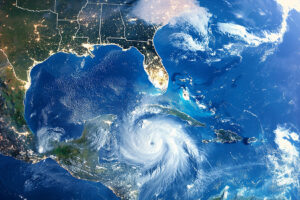 Emergency Management has Evolved: Why the… by Chas Eby While initially useful, the term “all hazards” no longer accurately describes the functions or mission of the emergency management discipline.…
Emergency Management has Evolved: Why the… by Chas Eby While initially useful, the term “all hazards” no longer accurately describes the functions or mission of the emergency management discipline.… Imagining the U.S. Without Power: A Dual-World EMP Exercise by Charles (Chuck) L. Manto, K. Luke Reiner and Dave Hunt A dual-world tabletop exercise simulating an electromagnetic pulse event in Chicopee, Massachusetts, revealed startling discrepancies in outcomes between the city’s…
Imagining the U.S. Without Power: A Dual-World EMP Exercise by Charles (Chuck) L. Manto, K. Luke Reiner and Dave Hunt A dual-world tabletop exercise simulating an electromagnetic pulse event in Chicopee, Massachusetts, revealed startling discrepancies in outcomes between the city’s… Elevating Healthcare Emergency Preparedness… by Kathryn Romanchuk and Ben Kobliner Overlooked until disaster strikes, many emergency management departments struggle with personnel and budgetary constraints, yet the demand placed on these…
Elevating Healthcare Emergency Preparedness… by Kathryn Romanchuk and Ben Kobliner Overlooked until disaster strikes, many emergency management departments struggle with personnel and budgetary constraints, yet the demand placed on these…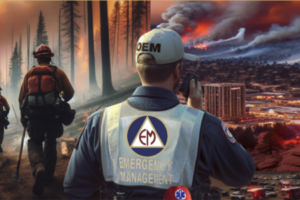 The Forefront of Innovation in Training &… by Arthur J. Simental Disaster wargaming may significantly change the future of tabletop exercises in emergency management and homeland security. Long used effectively to…
The Forefront of Innovation in Training &… by Arthur J. Simental Disaster wargaming may significantly change the future of tabletop exercises in emergency management and homeland security. Long used effectively to…Trending
 Elevating Healthcare Emergency Preparedness… by Kathryn Romanchuk and Ben Kobliner Overlooked until disaster strikes, many emergency management departments struggle with personnel and budgetary constraints, yet the demand placed on these…
Elevating Healthcare Emergency Preparedness… by Kathryn Romanchuk and Ben Kobliner Overlooked until disaster strikes, many emergency management departments struggle with personnel and budgetary constraints, yet the demand placed on these… The Forefront of Innovation in Training &… by Arthur J. Simental Disaster wargaming may significantly change the future of tabletop exercises in emergency management and homeland security. Long used effectively to…
The Forefront of Innovation in Training &… by Arthur J. Simental Disaster wargaming may significantly change the future of tabletop exercises in emergency management and homeland security. Long used effectively to… Emergency Management has Evolved: Why the… by Chas Eby While initially useful, the term “all hazards” no longer accurately describes the functions or mission of the emergency management discipline.…
Emergency Management has Evolved: Why the… by Chas Eby While initially useful, the term “all hazards” no longer accurately describes the functions or mission of the emergency management discipline.… Imagining the U.S. Without Power: A Dual-World EMP Exercise by Charles (Chuck) L. Manto, K. Luke Reiner and Dave Hunt A dual-world tabletop exercise simulating an electromagnetic pulse event in Chicopee, Massachusetts, revealed startling discrepancies in outcomes between the city’s…
Imagining the U.S. Without Power: A Dual-World EMP Exercise by Charles (Chuck) L. Manto, K. Luke Reiner and Dave Hunt A dual-world tabletop exercise simulating an electromagnetic pulse event in Chicopee, Massachusetts, revealed startling discrepancies in outcomes between the city’s…Trending
Emergency Management has Evolved: Why the… by Chas Eby While initially useful, the term “all hazards” no longer accurately describes the functions or mission of the emergency management discipline.…
Imagining the U.S. Without Power: A Dual-World EMP Exercise by Charles (Chuck) L. Manto, K. Luke Reiner and Dave Hunt A dual-world tabletop exercise simulating an electromagnetic pulse event in Chicopee, Massachusetts, revealed startling discrepancies in outcomes between the city’s…
Elevating Healthcare Emergency Preparedness… by Kathryn Romanchuk and Ben Kobliner Overlooked until disaster strikes, many emergency management departments struggle with personnel and budgetary constraints, yet the demand placed on these…
The Forefront of Innovation in Training &… by Arthur J. Simental Disaster wargaming may significantly change the future of tabletop exercises in emergency management and homeland security. Long used effectively to…
Domestic Preparedness Journal
Featured in this issue: Editor’s Note: Emergency Communications—Tough Lessons From the Maui Wildfires, by Catherine L. Feinman; Emergency Alerts: The Missing Link, by Rodrigo (Roddy) Moscoso; Hidden Barriers to Public Safety Interoperability, by Gabe Elias; AI Software in 911 Dispatch Centers: An Innovative Solution, by Tanya M. Scherr; A Systems Thinking Approach to Improving Emergency Communications, by William Chapman; Connectivity: The Foundation of Disaster Response and Preparedness, by Cory Davis; Know the Audience: Five Keys to Effective Communication, by Marc Hill; Bridging Communication Gaps: Lessons From Hurricane Helene, by Greg Hauser; A Regional Approach to Public Safety Communications Planning, by Charles (Charley) Bryson
Articles Out Loud

Article Out Loud – Disaster Stress Management in an Emergency Operations Center
May 7, 2025
Disasters affect responders and community members, but they also bring trauma to those working inside emergency operations centers. Distance from

Article Out Loud – A Holistic Strategy for Responders’ Well-Being
May 7, 2025
This is an article by Camilo Olivieri, an Article Out Loud from Domestic Preparedness, May 7, 2025. First responders and


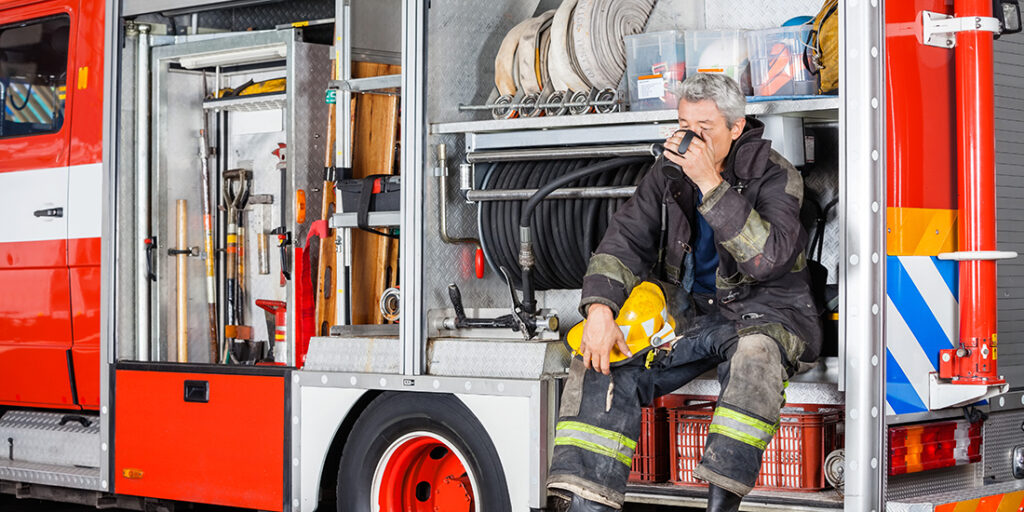
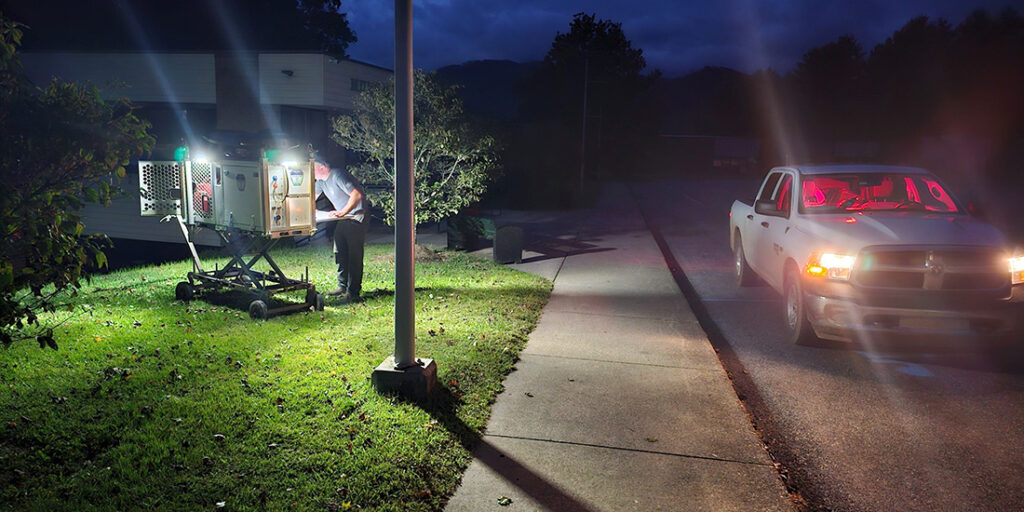
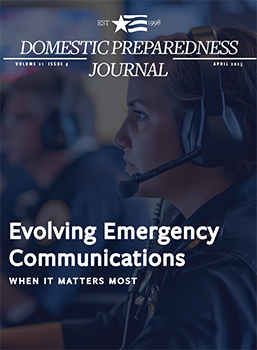

AI and 911 Call Systems: A New Ally or a Hidden Risk?